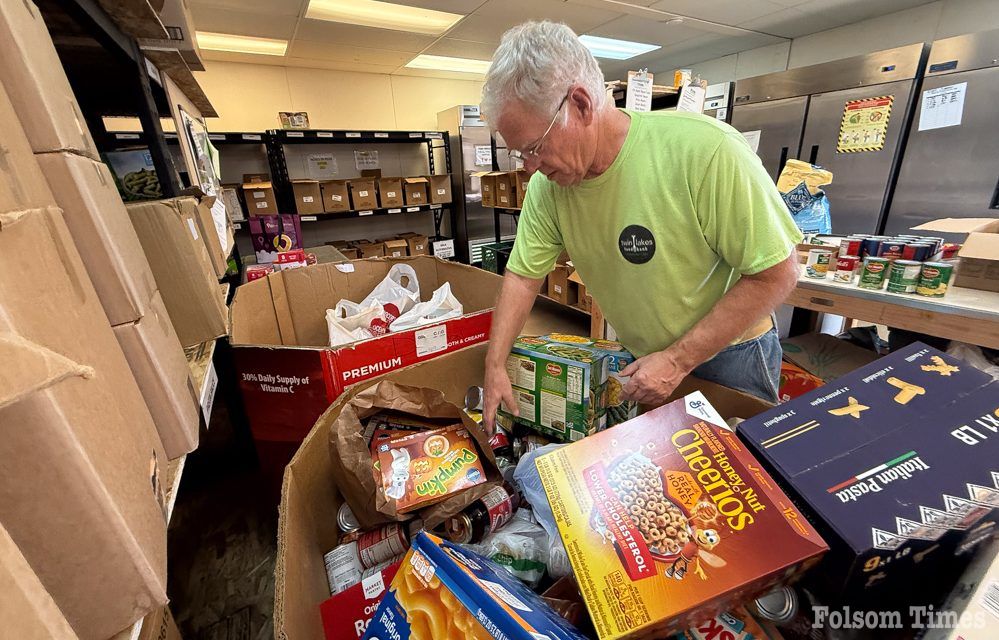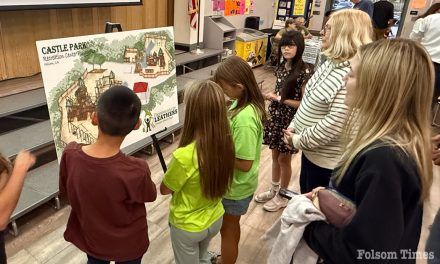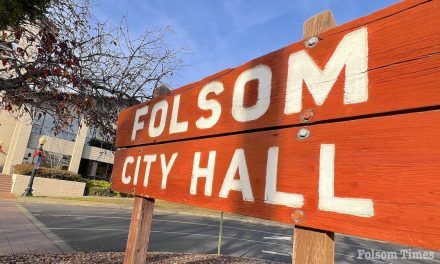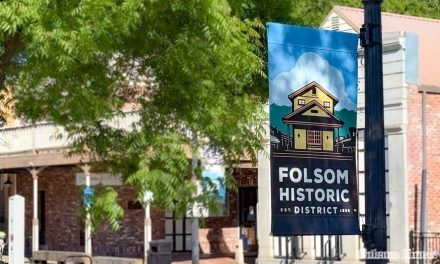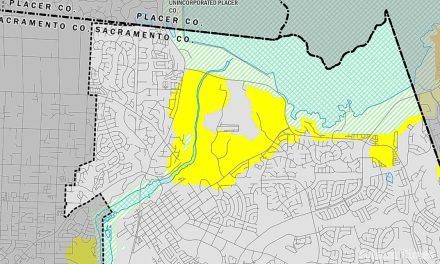Twin Lakes Food Bank launches emergency “Families Can’t Wait” Campaign as halted CalFresh benefits leave over 4K without aid in Folsom alone
As the federal government shutdown deepens, a growing crisis is unfolding in Folsom. Thousands of residents are now at risk of losing their CalFresh and SNAP benefits starting November 1, and Twin Lakes Food Bank is racing to prepare for an unprecedented surge in need. Executive Director Lisa Tuter says the organization is in crisis mode and is calling on the community to step forward with financial support before the demand overwhelms local resources.
“We are seeing a surge of people in need,” Tuter said. “If 4,000 individuals show up at our door next week, we would not be able to accommodate them. This week has been, I would say, unprecedented.”
For nearly four decades, Twin Lakes Food Bank has served as a lifeline for struggling families, seniors, and individuals throughout Folsom. On an average month, the nonprofit provides groceries and fresh food to more than 3,300 people—representing between 1,400 and 1,500 households. Now, with a sudden and indefinite halt in federal food benefits, the organization is preparing for what could become its most demanding period ever.
In October alone, Tuter said, the food bank saw a 35 percent increase in new households seeking help—66 new families in one month, including 18 who arrived in just the past two days. “We had to turn people away for the first time ever,” she said. “We had to shut down operations about twenty minutes early because we saw the number of people waiting and knew we could not make it stretch any further.”
According to Sacramento County data, more than 4,100 Folsom residents rely on CalFresh—California’s version of SNAP—to put food on the table each month. With those benefits set to stop on November 1, many of those families will have nowhere else to turn but Twin Lakes Food Bank.
The numbers tell only part of the story. Behind every statistic, Tuter said, are people and circumstances that put a human face to the crisis. She described one regular guest who recently brought her elderly mother to register for the first time. “Her mom relies on CalFresh benefits every month and was concerned about how she was going to make ends meet going into November,” Tuter said. “Even the little amount they get from CalFresh is vital. The rest is not enough. And that’s a repeating story when I think of the number of new households that have come in just the last couple of days.”
As the shutdown continues, the fallout is not theoretical—it’s immediate. “This isn’t a distant threat—it’s happening now,” Tuter said. “Benefits will not be loaded on November 1. Within days, families will be forced to choose between paying for food or other essentials.”
The scale of that shortfall is staggering. “For every one meal the food pantry provides, CalFresh provides nine,” Tuter explained. “Food banks would have to quadruple their output to fill the gap of what CalFresh is not providing. It’s simply not possible without significant community support.”
Meanwhile, the food bank’s shelves are being stretched thin. Grocery stores, once a steady source of overstock and surplus donations, have tightened their inventory management, leaving fewer excess items available to distribute. While community food drives help, they can’t meet the rising need.
Tuter said financial donations are the most effective and immediate way to make an impact. “We can’t really take perishable donations from the public because of strict food safety requirements,” she said. “We must ensure all perishable foods are kept at safe temperatures from the store to our shelves. That’s why monetary donations are so crucial—they allow us to safely buy and distribute fresh food like milk, cheese, butter, and other staples in bulk at wholesale prices.”
Recognizing the urgency, Twin Lakes Food Bank has created a special donation effort just for this crisis, titled Families Can’t Wait. Donations can be made directly through the campaign page here. According to Tuter, for every $1 donated, the food bank can provide one full meal, and any amount will help as the organization works to fill the gap left by halted benefits. “This campaign is entirely focused on helping families affected by the shutdown,” she said. “Families can’t wait for Washington to act. They need food on the table right now.”
Tuter noted that the financial efficiency of the food bank’s operation means that even small contributions go a long way. “A family that might normally rely on $150 a month in CalFresh benefits could suddenly have nothing,” she said. “Our ability to stretch every donated dollar gives us a fighting chance to fill that gap, but only if the community stands with us.”
The crisis extends beyond households losing CalFresh benefits. Federal employees, contractors, and service workers affected by the government shutdown are also feeling the strain. “There are different circumstances,” Tuter said. “It’s not just one thing that’s increasing, but the expiration of the benefits is definitely the primary reason we’re seeing the uptick here.”
She added that the ripple effects could reach even further if grocery donations decline in tandem with consumer spending. “When families can’t buy as much food, stores have less surplus. That means fewer donations come our way. It’s a cycle of scarcity, and it affects everyone,” she said.
Across the region, Sacramento County officials have confirmed the scope of the crisis. The county’s Department of Human Assistance reports that CalFresh benefits will not be funded for the month of November, leaving more than 270,000 residents—including thousands of children—without access to food assistance. “This federal shutdown has created significant uncertainty for families who rely on CalFresh,” said Ethan Dye, Sacramento County’s Director of Human Assistance. “While the County does not control federal funding, our focus is on making sure residents have clear information and know where to turn for local resources. We are in close communication with our partners at the state and with community organizations so that everyone has the same, accurate understanding of what’s happening and what help is available.”
County staff have begun notifying CalFresh recipients through text messages, social media, and office postings. They are also coordinating closely with organizations like Twin Lakes Food Bank to provide emergency food access while federal aid remains frozen. Officials said families with remaining balances on their EBT cards can continue to use them, but no new funds will load until Congress passes a budget and the government reopens. Residents needing food assistance can call 2-1-1 or visit the California Association of Food Banks website for local resources.
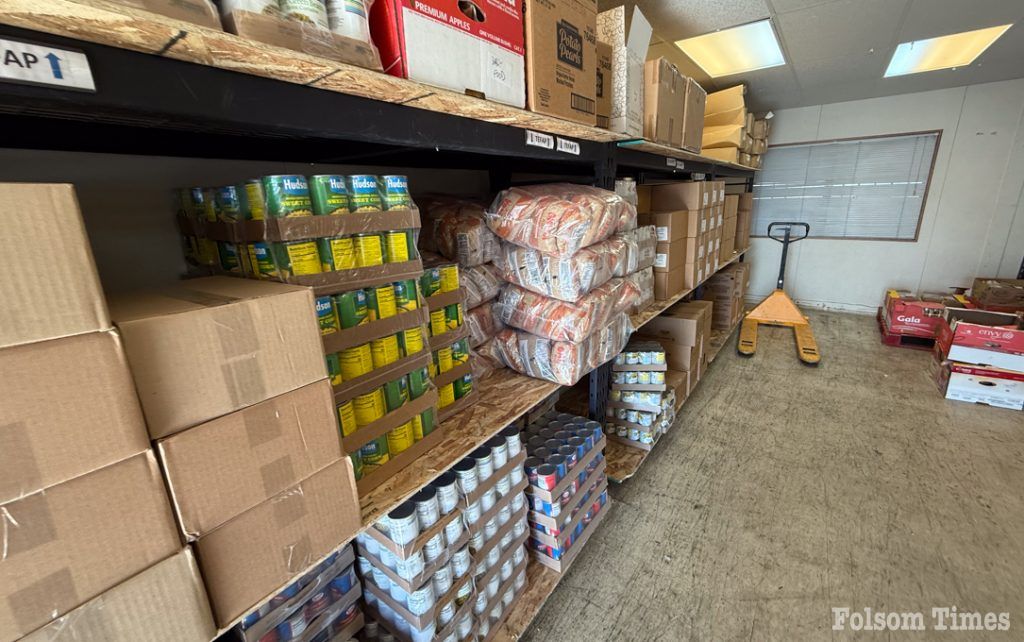
With Thanksgiving just weeks away, the timing could not be more difficult. “We always keep an updated wish list of nonperishable food items on our website, but if people are committed to doing the most good, a monetary donation is what we need most right now,” Tuter said.
Those wishing to help can give directly through the Families Can’t Wait campaign via the campaign page here. Every dollar donated helps purchase essential groceries, produce, and dairy items that provide balanced, nutritious meals for local families.
For those who prefer to donate food, the most needed nonperishable items include canned main dishes such as chili, stew, and ravioli, along with soups, healthy cereals and oatmeal, canned tuna and chicken, tomato products, broth, and nutritional drinks such as Ensure. Due to food safety regulations, the food bank cannot accept perishable donations from individuals.
Tuter expressed deep gratitude for the volunteers and community partners who keep the food bank running, adding that their efforts will be more critical than ever in the coming weeks. “If you’ve ever thought about helping your neighbors, now is the time,” she said. “Your donation—no matter the size—will help us provide food and hope to Folsom families facing hunger in the days and weeks ahead.”
“We are in crisis mode,” she said. “We do not have the infrastructure to accommodate all of those who may need us. If you care for those in our community, please consider making a financial donation today. We can put a Band-Aid on for a little bit, but even in the short term, within a week, we’ve seen a 35 percent increase in need, and we don’t have the food to meet that need right now.”
Every contribution, she said, can help bridge the gap between hunger and hope. “We’re counting on our community. Folsom has always been generous, and I have faith that people will step up once again.”
To donate and help Twin Lakes Food Bank meet this urgent need, visit the campaign page here. Learn more about the organization at www.twinlakesfoodbank.org.
Copyright © 2025, Folsom Times, a digital product of All Town Media LLC. All rights reserved. No portion of this publication may be reproduced, distributed, or transmitted in any form or by any means, without the prior written permission of the publisher.
